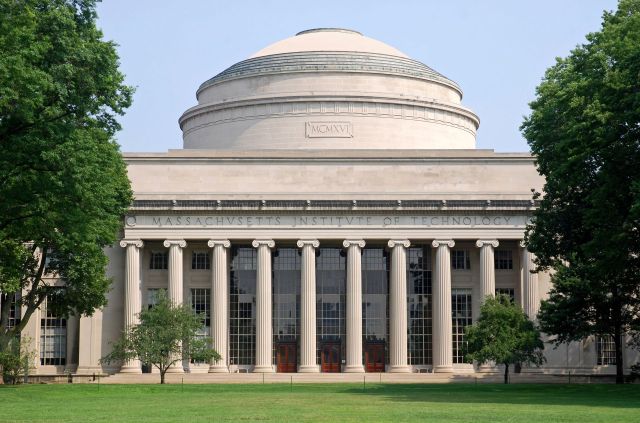
If you've ever been stuck wrestling a jar lid that just won't budge, you already know what plants go through with Rubisco. It's the enzyme that's supposed to help them turn sunlight into food — and yet it plods along like it's on a coffee break. To make matters worse, it has a habit of grabbing oxygen instead of carbon dioxide, which is about as useful as putting salt in your coffee.
That flaw has bugged scientists for decades. Now, a team at MIT says it's managed to make a bacterial version of Rubisco up to 25% more efficient.Accordingto MIT News, the fix stems from a technique called continuous directed evolution — basically a way of nudging nature to run trial-and-error at hyperspeed, all inside living cells instead of in a test tube. The research waspublishedin the Proceedings of the National Academy of Sciences.
"This is, I think, a compelling demonstration of successful improvement of a Rubisco's enzymatic properties, holding out a lot of hope for engineering other forms of Rubisco," said MIT chemistry professor Matthew Shoulders. He and research scientist Robert Wilson worked alongside lead author Julie McDonald to make the breakthrough.
Rubisco's job is to grab carbon from CO2 and start turning it into sugars. The trouble is it's slow — sometimes just one reaction a second — and it misfires when oxygen gets in the way, wasting energy plants could use to grow. McDonald called that "a really attractive set of problems" for protein engineers, the kind that can be tackled by tweaking the enzyme's amino acids.
The team's new method, called MutaT7, pushes mutation rates much higher than older approaches. Because the changes happen inside the cell, scientists can quickly keep the winners and toss the losers. After six rounds of mutating Rubisco from Gallionellaceae bacteria, they landed on three changes near the enzyme's active site. Those tweaks made it less likely to react with oxygen, which boosted its ability to grab carbon dioxide.
"The underlying question here is: Can you alter and improve the kinetic properties of Rubisco to operate better in environments where you want it to operate better?" Shoulders said. For this strain, at least, the answer is looking like yes.
Next up: testing it inPlant-basedRubisco. Wilson said plants can lose about 30% of the sunlight energy they capture to photorespiration, which occurs when Rubisco mistakes oxygen for carbon dioxide. Reducing this waste could meanHigher yieldsand sturdier crops in a warming climate. Genetic modifications in other plants, such asPoplar trees, have also shown promising results for growth and biomass. Bacteria-based structures calledCarboxysomeshave also been studied for their ability to promote plant growth.
This really opens the door to a lot of exciting new research," Wilson said, adding that better Rubisco could lead to "definite benefits to agricultural productivity.
| Why do you eat plant-based foods? The health benefits It's cheaper It's good for the planet I prefer the taste Click your choice to see results and speak your mind. |

Join ourfree newsletterfor weekly updates on the latest innovationsImproving our livesandShaping our future, and don't missthis cool listof easy ways to help yourself while helping the planet.
Scientists make incredible discovery that could give farmers a helping hand: 'Definite benefits'first appeared onThe Cool Down.
0 comments:
Ikutan Komentar